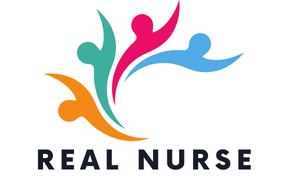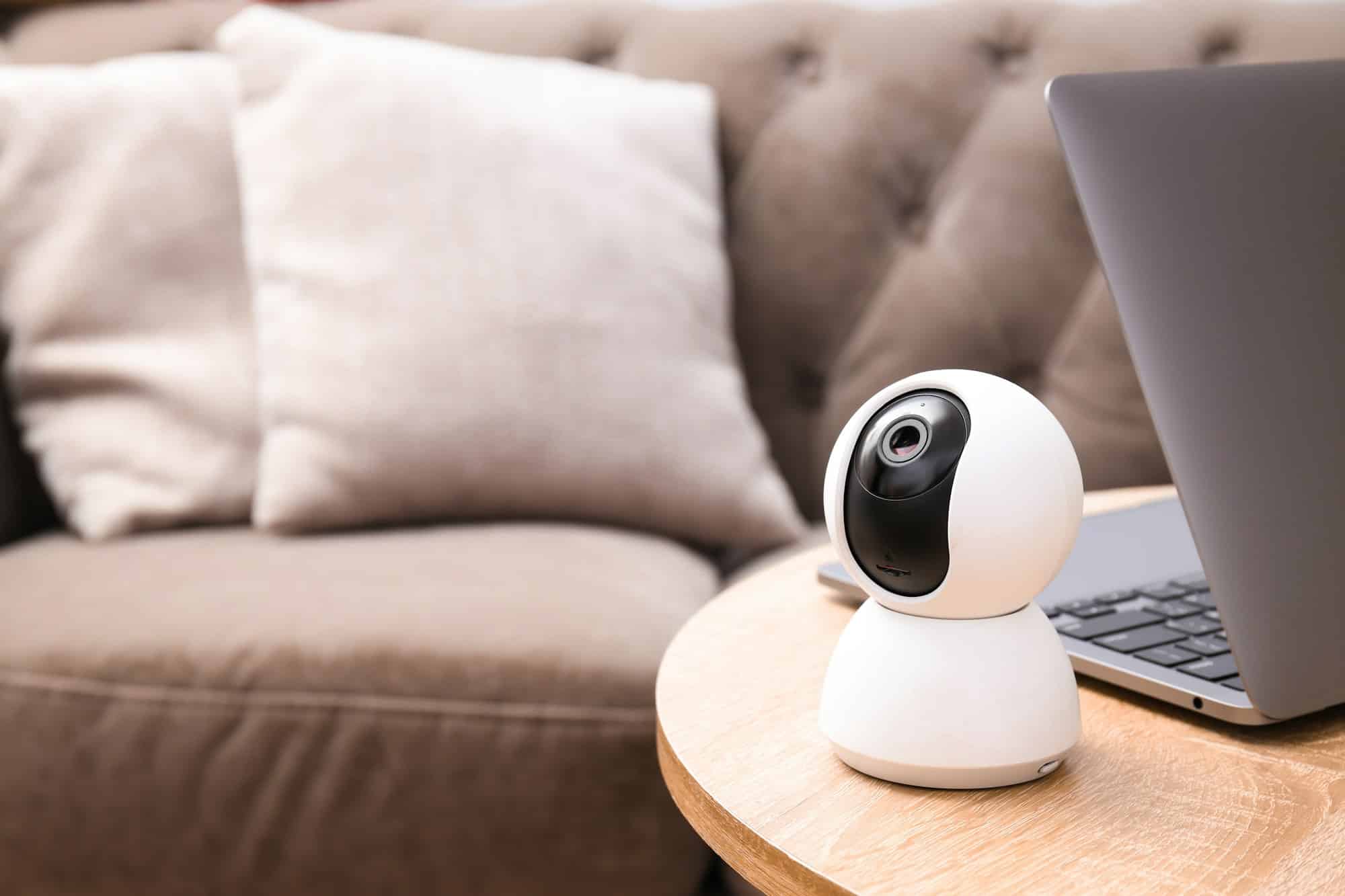Remote cardiac monitoring is revolutionizing heart health management. By harnessing advanced technology, it empowers patients and healthcare providers alike to track vital data in real time. This proactive approach helps identify early warning signs of heart failure, minimizing hospitalizations and improving outcomes. Discover the transformative impact of remote cardiac monitoring and how it can enhance your journey toward better heart health.
Overview of Remote Cardiac Monitoring
Remote cardiac monitoring is a transformative technology in healthcare, offering significant benefits in heart failure prevention and hospitalization reduction. This innovative approach involves the use of devices that continuously monitor a patient's cardiac activity from afar, enabling healthcare providers to detect potential issues early and intervene promptly.
Also read : Exploring the Impact of the Mediterranean Diet on Inflammatory Indicators in Autoimmune Disease Patients
Heart failure is a chronic condition that affects millions globally, often leading to frequent hospitalizations. By employing remote cardiac monitoring, early signs of deterioration can be identified, allowing for timely medical intervention. This proactive measure significantly reduces the need for hospital admissions, thereby improving patient outcomes and quality of life.
The integration of technology in cardiac care has revolutionized the way healthcare providers manage heart conditions. Remote monitoring tools not only enhance patient engagement but also provide real-time data that is crucial for making informed clinical decisions. This advancement underscores the importance of technology in reshaping the landscape of cardiac care, offering a more efficient and patient-centered approach to managing heart health.
In parallel : Transforming Teen Behavior: How Regular Martial Arts Training Can Lower Aggression in Adolescents
Advantages of Remote Cardiac Monitoring
Remote cardiac monitoring offers numerous benefits that significantly enhance patient outcomes and healthcare efficiency. One of the key advantages is the improvement in patient engagement and self-management. By using remote monitoring devices, patients become more involved in their own care, gaining a better understanding of their heart health. This empowerment encourages them to adhere to treatment plans and make lifestyle adjustments, leading to better health outcomes.
Another significant benefit is the enhanced real-time data collection and analysis. Remote monitoring devices continuously gather data on a patient’s cardiac activity, providing healthcare providers with immediate access to crucial information. This allows for timely interventions and adjustments to treatment plans, ensuring that patients receive the most effective care possible. The ability to analyse this data in real-time also aids in predicting potential cardiac events, facilitating proactive management of heart conditions.
Furthermore, remote cardiac monitoring contributes to a reduction in emergency room visits and hospital admissions. By identifying early signs of deterioration, healthcare providers can intervene before a patient’s condition worsens, preventing the need for emergency care. This not only improves the patient's quality of life but also alleviates the burden on healthcare facilities, allowing resources to be allocated more efficiently.
Technology Behind Remote Cardiac Monitoring
The technology driving remote cardiac monitoring is both innovative and transformative, playing a crucial role in modern healthcare.
Types of Monitoring Devices
Monitoring devices are at the heart of remote cardiac monitoring. These include wearable devices like smartwatches and chest straps that track heart rate, rhythm, and other vital signs. These devices are designed for continuous use, allowing for real-time data collection. They are equipped with sensors that detect electrical activity in the heart, providing accurate and timely information that can be shared with healthcare providers. Wearable technology not only offers convenience but also empowers patients to actively participate in their health management.
Telehealth Platforms
Telehealth technology is the backbone of remote cardiac monitoring, enabling seamless communication between patients and healthcare providers. These platforms facilitate virtual consultations, allowing doctors to monitor patient data remotely and provide timely advice and treatment adjustments. Telehealth solutions are designed to integrate with monitoring devices, ensuring that data is easily accessible and actionable. This integration enhances the efficiency of cardiac care by reducing the need for in-person visits and enabling continuous patient support.
Data Analytics Tools
Data analytics plays a pivotal role in the interpretation of patient data collected through remote monitoring. Advanced analytics tools process vast amounts of data to identify patterns and predict potential cardiac events. By leveraging machine learning algorithms, these tools can provide insights into a patient's heart health, enabling proactive management and personalized treatment plans. Analytics not only aids in early detection of anomalies but also supports healthcare providers in making informed clinical decisions, ultimately improving patient outcomes.
Case Studies and Statistics on Hospitalization Reduction
Remote cardiac monitoring is gaining traction due to its proven effectiveness in reducing hospitalizations. Case studies highlight significant improvements in patient management and outcomes. For instance, a study involving patients with chronic heart failure showed a 30% reduction in hospital admissions when remote monitoring was utilized. This underscores the technology's potential in transforming cardiac care.
Hospitalization statistics further support these findings. Data from multiple healthcare facilities reveal a consistent decrease in emergency visits and hospital stays among patients using remote monitoring devices. The statistical evidence is compelling, with some reports indicating up to a 40% reduction in hospitalizations for monitored patients, showcasing the tangible benefits of this technology.
Patient testimonials from these case studies provide personal insights into the effectiveness of remote monitoring. Many patients report feeling more in control of their health, with improved communication with healthcare providers leading to better management of their conditions. These outcomes not only enhance patient satisfaction but also highlight the practical advantages of integrating remote monitoring into routine cardiac care.
Expert Opinions on Remote Cardiac Monitoring
Expert insights into remote cardiac monitoring reveal a transformative impact on patient care. Healthcare professionals, particularly in cardiology, emphasize its role in improving patient engagement and outcomes. Cardiologists appreciate the ability to monitor patients continuously, offering timely interventions that were previously challenging in traditional settings.
Perspectives from Healthcare Professionals
Healthcare providers acknowledge the benefits of remote monitoring in enhancing patient management. They note that real-time data collection allows for immediate response to potential cardiac events, reducing the risk of complications. This continuous monitoring fosters a proactive approach, empowering patients and enabling more personalized care plans.
Impact on Patient Care
The integration of remote monitoring in cardiology has been revolutionary. It facilitates early detection of heart issues, allowing for prompt medical intervention. Experts highlight that this technology not only reduces hospital admissions but also improves the overall quality of life for patients with chronic heart conditions. The ability to track vital signs remotely ensures that healthcare providers can make informed decisions swiftly.
Challenges and Considerations
Despite its advantages, implementing remote cardiac monitoring poses challenges. Healthcare professionals point out the need for robust data security measures to protect patient information. Additionally, there is a learning curve associated with adopting new technologies, which requires training for both providers and patients. Ensuring accessibility for all patients, regardless of technological proficiency, is crucial for widespread adoption.
Actionable Insights for Healthcare Providers and Patients
Integrating remote cardiac monitoring into healthcare practices requires thoughtful implementation strategies. Healthcare providers should adopt best practices to seamlessly incorporate these technologies into patient care plans. This includes identifying suitable candidates for remote monitoring, ensuring that devices are user-friendly, and tailoring monitoring protocols to individual patient needs. By doing so, healthcare professionals can enhance the effectiveness of remote monitoring and improve patient outcomes.
Patient Education on Remote Monitoring Technologies
Educating patients on how to use remote monitoring technologies is crucial for successful implementation. Patients need to understand the functionality of their devices, including how to operate them, interpret data, and recognize any alerts. Providing comprehensive training sessions and easy-to-follow guides can empower patients, fostering a sense of ownership over their health management. This education not only enhances patient engagement but also ensures that monitoring data is accurate and reliable.
Collaboration for Optimal Outcomes
Collaboration between healthcare providers and patients is key to maximizing the benefits of remote cardiac monitoring. Regular communication and feedback loops should be established to address any concerns or technical issues that may arise. By working together, healthcare providers can adjust care plans based on real-time data and patient feedback, ensuring that treatment is both personalized and effective. This collaborative approach not only improves patient satisfaction but also optimizes healthcare delivery by aligning patient and provider goals.
Comparison with Traditional Monitoring Methods
In the realm of cardiac care, traditional monitoring methods have long been the cornerstone of patient management. However, they come with inherent limitations that remote cardiac monitoring aims to address. Traditional approaches often rely on periodic, in-person visits to healthcare facilities, which can delay the detection of cardiac issues. This method lacks the continuous data collection necessary for early intervention, often leading to reactive rather than proactive care.
Remote monitoring offers distinct advantages over these in-person visits. By enabling continuous observation of a patient's cardiac activity, it allows for real-time data collection and analysis. This shift from episodic to continuous monitoring empowers healthcare providers to detect potential issues early and intervene promptly, reducing the risk of complications and hospitalizations. Patients benefit from the convenience and accessibility of remote monitoring, which minimizes the need for frequent trips to healthcare facilities and enhances their engagement in managing their heart health.
Looking to the future, the evolution of healthcare practices suggests a growing reliance on remote monitoring technologies. As these technologies become more sophisticated, they will likely play a pivotal role in reshaping cardiac care, promoting a more patient-centered approach. The integration of remote monitoring into standard practices could lead to improved outcomes, reduced healthcare costs, and a more efficient allocation of resources, ultimately transforming the landscape of cardiac care.
Future Trends in Cardiac Care
The future of healthcare is set to be significantly shaped by emerging technologies, particularly in the realm of remote cardiac monitoring. Innovations in this field are poised to revolutionize the way cardiac care is delivered, with telecardiology playing a pivotal role. This approach enables continuous patient monitoring and remote consultations, offering a more accessible and efficient healthcare model.
Emerging Technologies in Remote Cardiac Monitoring
Recent innovations have introduced advanced monitoring devices that are more accurate and user-friendly. These include smart wearables and implantable sensors that provide continuous data on heart health. The integration of these devices with telehealth platforms is expected to enhance patient management, allowing for real-time interventions and reducing the reliance on traditional, in-person consultations.
Predictions for the Evolution of Cardiac Care Post-Pandemic
The COVID-19 pandemic accelerated the adoption of remote healthcare solutions, and this trend is likely to continue. Post-pandemic, cardiac care is expected to increasingly rely on remote monitoring technologies, reducing the need for hospital visits and enabling more personalized care. The focus will be on creating a patient-centered approach that leverages technology to improve health outcomes while maintaining safety and convenience for patients.
Potential Impact of AI and Machine Learning on Monitoring Outcomes
Artificial intelligence (AI) and machine learning are set to transform cardiac care by enhancing the accuracy of monitoring outcomes. These technologies can analyse vast amounts of data to identify patterns and predict potential cardiac events with high precision. This predictive capability allows for early intervention, improving patient outcomes and reducing hospital admissions. As AI and machine learning continue to evolve, they will play an increasingly critical role in developing personalized treatment plans and optimizing healthcare resources.











